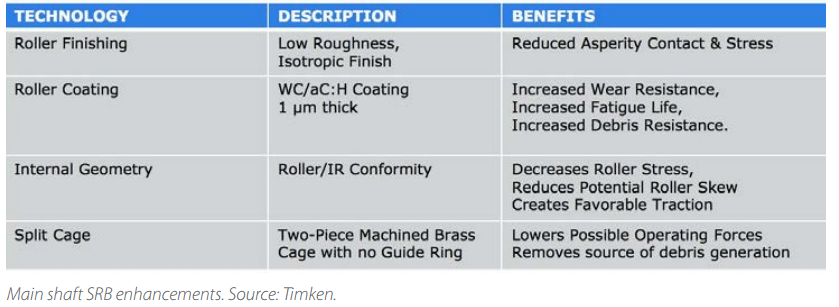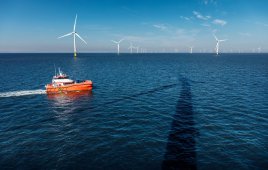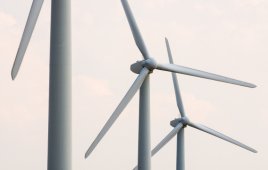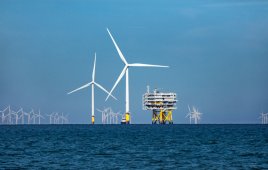This 109-page document comes from New Energy Update and was produced in association with the Wind Operations & Maintenance Canada 2017 Conference. It includes Power Poing presentations by Timken, Gruel & Kjaer Virbro, and Delom Service Wind Division.
Experience is improving estimates of failure times for critical components such as bearings, said experts at the 3rd Annual Wind Optimization & Maintenance Canada conference. For example, it is now possible to roughly predict failure occurrence rates and total cost of repair for four common wind drivetrain failures, affecting main shaft spherical and tapered roller bearings and gearbox high-speed and planet bearings. “All the bearings have their strengths and weaknesses,” said Richard Brooks, wind aftermarket manager at The Timken Company, which engineers and manufactures mechanical power transmission components.
Thus, main shaft spherical roller bearing (SRB) failures typically occur in less than 10 years and carry a high total cost because repairs usually require a crane removal and a shop-based rebuild. On some turbine models, Brooks said, it may also be necessary to remove the gearbox. And gearboxes may be prone to consequential damage from excessive thrust following an SRB failure.
Main shaft SRB damage usually falls into three categories, he noted. These are micropitting, cage damage and edge loading, which Brooks said is more common in narrow, 230 Series bearings. As well as these direct forms of damage, it is common for SRB failures to generate debris which then affects the working of other components. “Once you start to accumulate debris in the grease, it’s going to stay there,” Brooks commented. Main shaft SRB damage is inherent in the design of the components and cannot be fully prevented. However, maintaining or exceeding the manufacturer’s recommended quantities and frequencies for lubrication can help cut the chances of failure.
Brooks said maintenance teams might also consider purging or flushing the main shaft lubrication every few years, depending on its condition. Detecting failures in the first place would require looking at temperature trends, sampling the iron content in main shaft grease or tracking vibration data with special algorithms, he said.
Machines suffering from main shaft SRB failures could be treated with enhancements to the bearings or a redesign to replace SRBs with tapered roller bearings (TRBs), which can accept much greater thrust loads. Enhancements may include roller finishing to reduce asperity, or the application of a diamond-like coating to improve wear resistance.
Alternatively, replacing SRBs with TRBs could reduce the axial thrust into the gearbox by up to two thirds, increasing the gearbox’s life span. TRBs are already widely used in direct-drive turbines. In these, “you don’t see many bearing failures,” Brooks said, but when they occur “it’s ridiculously expensive” because of the need for a crane and a shop-based rebuild. Most direct-drive main shaft TRB damage stems from a loss of preload on the bearing, which is usually a manufacturing error, or from design-related cage problems. This means direct-drive main shaft TRB problems are hard to prevent, other than by maintaining a well-lubricated environment. TRB damage
To read this article in full, click here
Filed Under: Bearings, O&M




